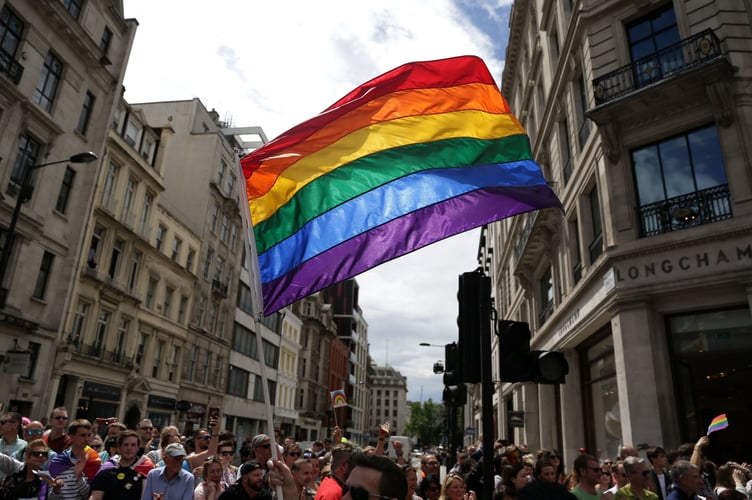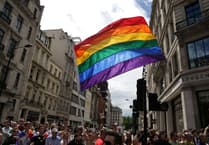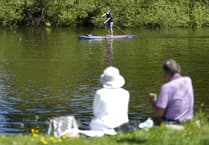As North Somerset celebrates Pride Month, we have dived into the data, to show how far the queer community has come.
To mark the occasion, we have combed through census data, analysis on gay bars and queer venues, and the number of same-sex marriages in the area.
Pride Month is celebrated in June to coincide with the anniversary of the 1969 Stonewall riots, a series of gay liberation protests in the United States.
However, the month has been adopted across the world to recognise the influence of the LGBTQ+ community and the ongoing struggle for rights.
The UK's first gay pride march took place on July 1, 1972, in London, when protesters marched from Trafalgar Square to Hyde Park on the nearest Saturday to the Stonewall date.
And since then, the UK has made strides in protections and equality legislation for the LGBTQ+ community, with the Equality Act 2010 listing sexual orientation, gender reassignment, and marriage and civil partnership as protected characteristics.
The most recent data on sexual orientation is from the 2021 Census for England and Wales, which showed around 1.5 million people (3%) identified with a sexual orientation other than heterosexual in 2021.
In North Somerset, 4,709 people identified as gay, lesbian, bisexual, pansexual, asexual or queer in the survey – making up 3% of the area's population aged 16 and over.
Another significant move towards equality was the introduction of same-sex marriage in 2014, after the Government passed The Marriage (Same Sex Couples) Act 2013.
Eight years on, Office for National Statistics figures show there was a record number of same-sex marriages in 2022, with 7,800 in total. They accounted for 3% of new marriages in England and Wales that year.
It included 25 same-sex marriages in North Somerset.
Gay bars and clubs have become synonymous with Pride Month, coming a long way from their origins.
Molly houses in the 18th century were some of the first clubs where gay men could meet, drink, dance and have sex with each other. However, the first gay bar in Britain was possibly The Cave of the Golden Calf in London, which ran for only two years before the First World War.
And once homosexuality was partially decriminalised in the UK in 1967, the gay bar culture no longer had to be underground. Cities across the UK saw gay bars popping up in concentration, creating "gay villages".
Analysis of Google Maps data by RADAR shows 216 places listed under the category "gay bar" or "gay night club" appear across the UK.
It included 13 search results across the South West.


